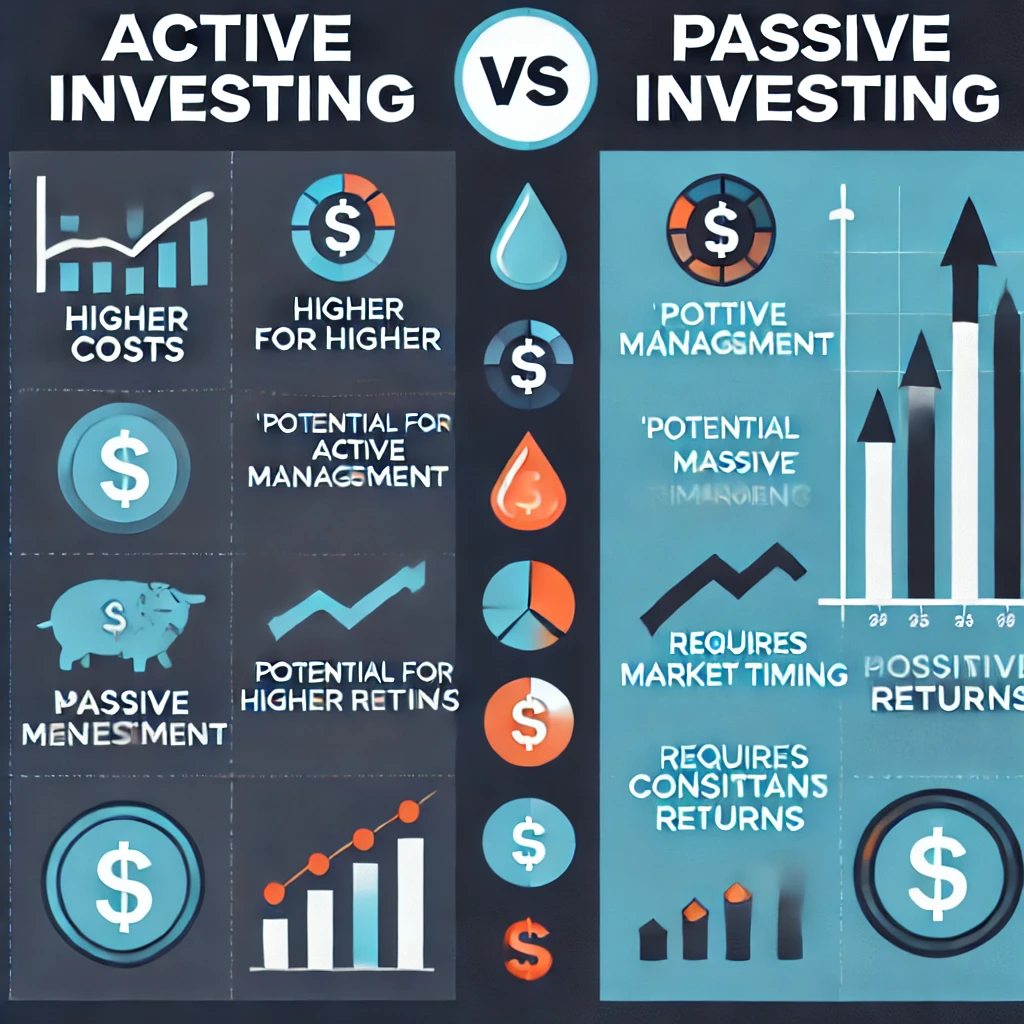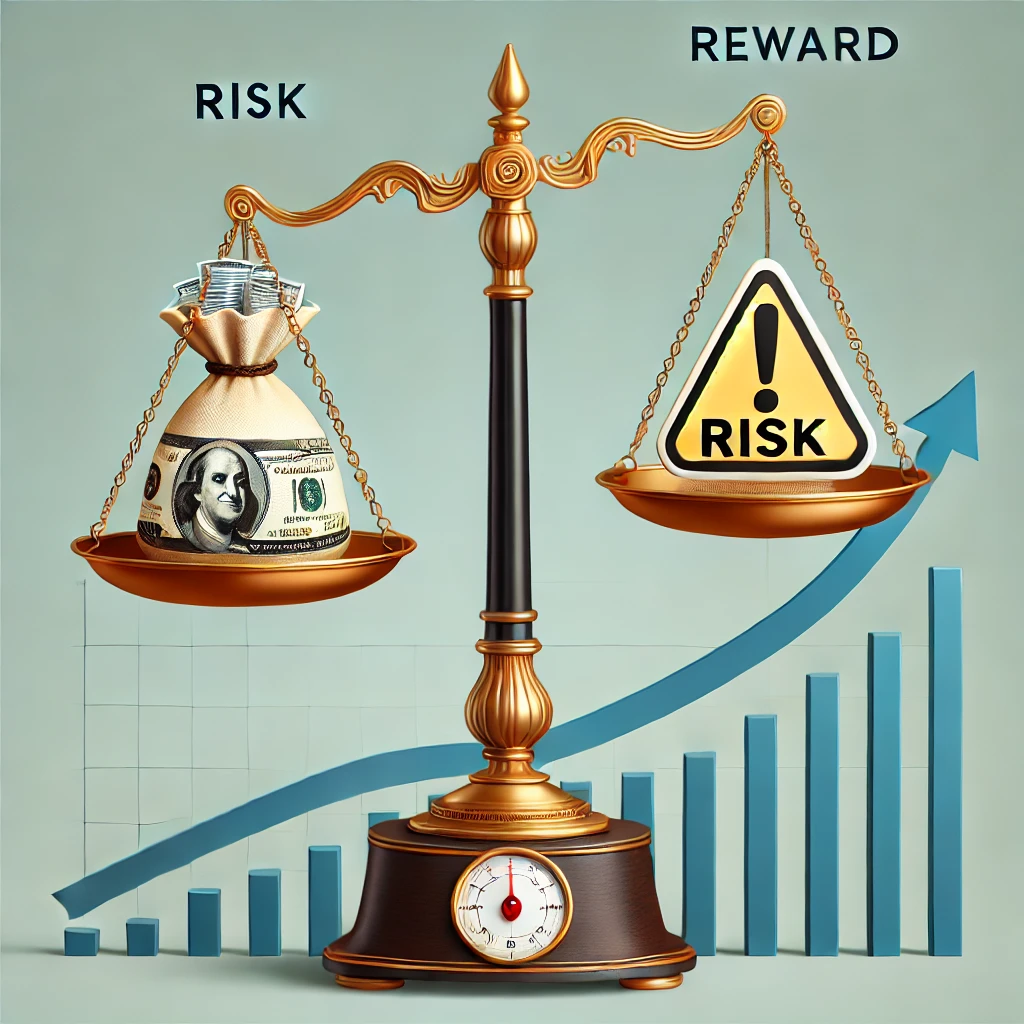Investing your hard-earned money is no easy decision. The most important question investors face is whether to opt for active or passive investing. Each strategy has its own merits, risks, and complexities. Deciding between the two could greatly impact your portfolio’s performance, fees, and risk profile. This article will help you navigate the decision process by breaking down both strategies, so you can make an informed choice that aligns with your goals.
Understanding Active Investing
Active investing is a hands-on approach to managing investments. In an active strategy, fund managers or individual investors make investment decisions based on market trends, company fundamentals, and other factors. The goal is to outperform a specific benchmark, such as the S&P 500, by actively buying and selling securities.
How Active Management Works
Active fund managers rely on detailed research and analysis to make informed decisions about where to invest. They monitor economic data, industry trends, and individual companies to identify opportunities for growth. Their goal is to beat the market through timely trades and smart asset allocation. This often involves frequent buying and selling of assets to take advantage of short-term market fluctuations.
Examples of Active Investing
Examples of active investing include mutual funds, hedge funds, and individual stock picking. Mutual fund managers might select a basket of stocks they believe will outperform the market, while hedge fund managers often employ complex strategies, including short selling, to achieve superior returns.
Understanding Passive Investing
Passive investing takes a completely different approach. Instead of trying to beat the market, passive investors aim to match it. This strategy involves buying a diversified portfolio of assets that mimic a particular index, such as the S&P 500 or a global market index, and holding them over the long term.
How Passive Management Works
In passive investing, managers do not frequently trade securities. Instead, they construct a portfolio that mirrors the performance of a specific index. The most common passive investment vehicles are index funds and exchange-traded funds (ETFs). These funds automatically adjust their holdings to match the components of the target index.
Examples of Passive Investing
Index funds and ETFs are the most popular forms of passive investing. These funds allow investors to gain broad market exposure at a low cost. Instead of attempting to beat the market, passive investors settle for market returns, knowing that the majority of active managers fail to outperform their benchmarks over the long run.
Key Differences Between Active and Passive Investing
Both active and passive investing have their strengths and weaknesses. To choose the right approach, it’s important to understand the key differences between them.
Cost Differences
Active investing tends to be more expensive than passive investing. Active fund managers charge higher management fees due to the hands-on nature of their work. These fees can significantly reduce your overall returns over time. On the other hand, passive funds have lower fees because there is less research and trading involved.
Management Style
The management style of active and passive funds is also a key differentiator. Active managers continuously monitor and adjust their portfolios in response to market conditions. Passive funds, however, stick to their preset investment strategy and rarely make adjustments.
Performance Potential
Active funds have the potential to outperform the market, especially during periods of volatility. However, they also carry the risk of underperforming. Passive funds, while not aiming to beat the market, offer more consistent returns because they track the overall market performance.
Benefits of Active Investing
Active investing has certain advantages that can make it appealing to some investors.
Flexibility in Market Conditions
Active investors can quickly adapt to changing market conditions. They can capitalize on short-term opportunities or avoid certain sectors if they believe they are headed for trouble.
Opportunities for Higher Returns
For investors who are comfortable with risk, active investing offers the possibility of higher returns. Skilled fund managers may outperform the market, especially in niche or emerging markets where information is less available.
Professional Management
Active funds are managed by professional investors who dedicate their time and expertise to optimizing performance. For investors who don’t have the time or knowledge to actively manage their own portfolios, active funds offer an attractive solution.
Drawbacks of Active Investing
While active investing has its benefits, it also comes with notable drawbacks.
Higher Fees and Costs
One of the most significant downsides of active investing is its cost. Management fees for actively managed funds can be several times higher than those of passive funds. In addition, active funds may also incur transaction costs due to frequent trading.
Risks of Underperforming the Market
Despite the allure of beating the market, many active managers fail to do so. The chances of consistently outperforming a benchmark are slim, especially after accounting for fees and costs.
Market Timing Risks
Active managers often rely on market timing to buy low and sell high. However, even the best managers can get it wrong. Mistimed trades can lead to significant losses.
Benefits of Passive Investing
For investors looking for a low-cost, low-maintenance approach, passive investing offers several advantages.
Lower Costs and Fees
Passive funds are known for their low fees. Because they simply track an index, there is less need for expensive research and trading, which translates to lower costs for investors.
Broad Market Exposure
By investing in an index fund, passive investors gain exposure to a wide range of assets. This broad diversification helps spread risk and allows investors to benefit from the overall growth of the market.
Ease of Management
Passive investing requires little effort. Once an investor buys into an index fund, there’s no need for frequent monitoring or decision-making. This hands-off approach is ideal for long-term investors who prefer simplicity.
Drawbacks of Passive Investing
Despite its simplicity, passive investing also has some downsides.
Limited Flexibility
Passive investors are locked into their chosen index, regardless of market conditions. They cannot easily adjust their portfolios in response to economic downturns or emerging opportunities.
Potential for Lower Returns
While passive funds offer consistent returns, they rarely outperform the market. Investors seeking higher returns may find passive investing less appealing, especially in booming markets.
You can also read; How to Rebalance Your Investment Portfolio for Better Returns
Overexposure to Market Risks
Since passive funds track the overall market, they are susceptible to market-wide downturns. In a bear market, passive investors could experience significant losses, with limited ability to mitigate the damage.




